With more than 800 pages and nearly 20 pages of documentary photos, 10 years of collecting documents and materials, and 12 years of reprinting after its first release, the book "Vietnamese Tea Civilization" by researcher Trinh Quang Dung is truly a chronicle of tea with extremely interesting stories.

For readers, “Vietnamese Tea Civilization” is a book that is quite heavy in weight and “heavy” in knowledge content. A very familiar drink, a refreshing drink, present in every corner from cities to countryside, from mountains to islands, was “dissected” by researcher Trinh Quang Dung from history, through periods, to the way of enjoying tea of each ethnic group, types of tea, types of tea utensils through historical periods, folk tea, royal tea, types of water to make tea, tea profession, tea business, tea festivals…
The book was first published in 2012, this is the first reprint after 12 years, with many contents added after 10 years of collecting and accumulating more documents by the author. The book is published by the Vietnamese Women's Publishing House.
“Vietnamese Tea Civilization” includes 4 parts: “The Wisdom of Vietnamese Tea Origin”, “The Art of Enjoying Vietnamese Tea”, “The Journey of Vietnamese Tea Tools” and “Vietnamese Tea Industry”.

The portrait of Vietnamese Tea emerged from the Bach Viet tea culture, going through the journey of tea drinking culture spanning over 5,000 years of the Vietnamese people.
The history of tea was built by the author from valuable data, carefully selected, examined, and exploited through many sources of information: historical data, archaeological documents, literary works, legends, genealogies, and above all from living witnesses and evidence that are still present around us.
Evidence of a tea culture that existed very early in Vietnam is included by the author, such as “The Bai Viet people in the south have their own lifestyle, language, customs, habits, and diet… The Bai Viet people specialize in farming rice to eat, unlike us who grow millet and wheat. They drink water boiled with leaves from the forest called tea” – Confucius.
The history and origin of Vietnamese tea are analyzed from the perspective of territory, geography, legends, historical documents, archaeological sites, books, customs and folk performances about tea... The tea culture was formed with the quintessence preserved and followed the Vietnamese people everywhere, forming tea regions, tea cultural centers...

Along with history is art of tea Vietnamese uniqueness with the parallel of two styles: drinking folk tea to quench thirst and the art of enjoying scholarly tea - the elegant and sophisticated royal court. Folk tea, also known as tea, has gone from the most primitive drink, fresh tea, to the types of tea of each region and locality, such as bud tea, guava tea, vằng tea..., and now "lemon tea for chatting"...
The art of royal tea is "dissected" from tea style, tea tasting art, to the hobby enjoy royal tea...
To honor the art and culture of Vietnamese tea, there is nothing more than the unique Vietnamese tea set with diverse forms: indigenous folk tea set, royal tea set. If folk tea set is not only closely associated with the breath of the countryside but also deeply rooted in all classes: from the poor community to the wealthy upper class, even the elite, royal tea has a completely different direction. Royal tea set not only shows sophistication, uniqueness, and high specialization, but also always contains the creativity, luxury, and elegance of the Vietnamese aristocracy.
The history of Vietnamese tea is also associated with the depth of the tea exploitation and cultivation profession spanning over 5,000 years of the Vietnamese people, overcoming many storms of history, recreated through legendary tea regions, pure and noble tea specialties that conquer people's hearts, leaving a deep impression in the hearts of international friends, gradually turning tea into a strong export commodity, also known as "green gold mine".

At the book launch event on the occasion of Vietnam Book and Reading Culture Day, author Trinh Quang Dung shared that historical documents about tea are very rare. “I searched for documents about tea and realized that, over the past 10 centuries, everything written about tea was poetry, only 3 articles by Pham Dinh Ho were prose.”
Author Trinh Quang Dung also mentioned interesting stories, such as why the elders called it Chinese tea, what folk tea was like, what royal tea was like, the story of Mr. Pham Dinh Ho calling Vietnamese tea Nam Tra, Chinese tea Bac Tra, and King Minh Mang calling the popular French drink Duong Tra, which is coffee.
The names of tea in each region also evoke interesting stories, from black tea, iced tea to fresh tea...
Sharing stories about tea, writer Hoang Quoc Hai said that preserving Vietnamese tea culture is not just keeping something to drink, but also preserving the soul of the nation. Tea culture and civilization spans from the royal court, the upper class, the nobility to the common people, all creating their own culture so that tea can “live” in life.
Encapsulating the “history of tea” in “Vietnamese Tea Civilization”, author Trinh Quang Dung not only surprises readers with his meticulousness and massiveness in collecting and searching for documents, but also with his love for Vietnamese cuisine , through many works, books and his writing ability, despite being 72 years old.
Source


















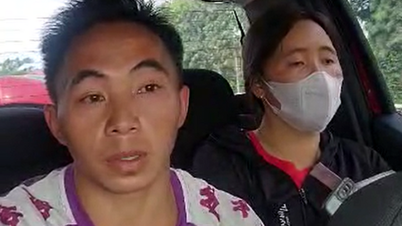
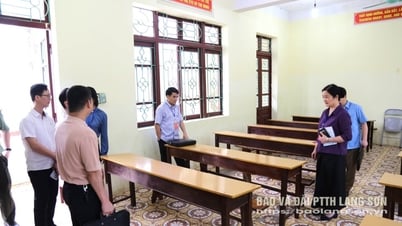

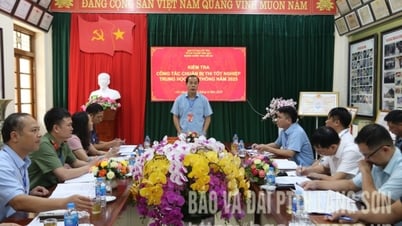






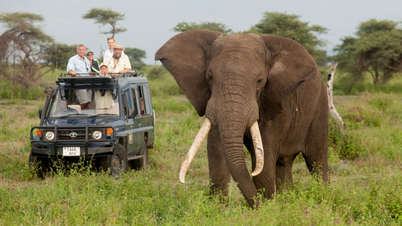
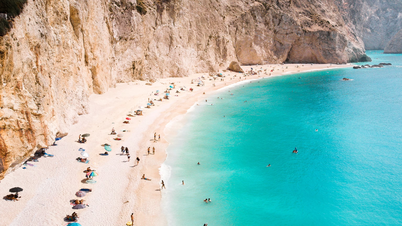

























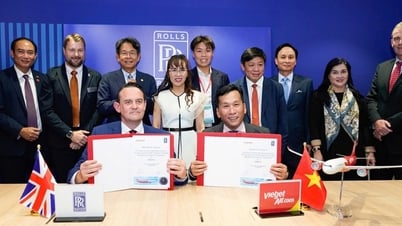

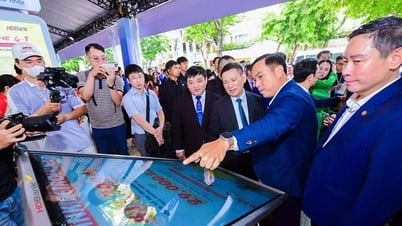

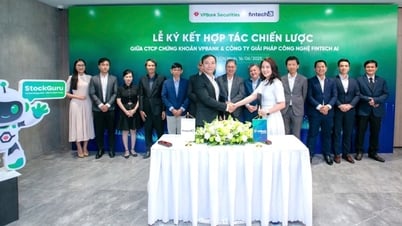
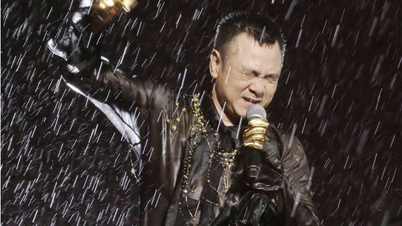






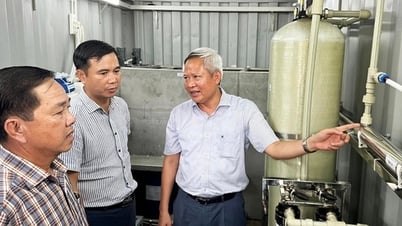




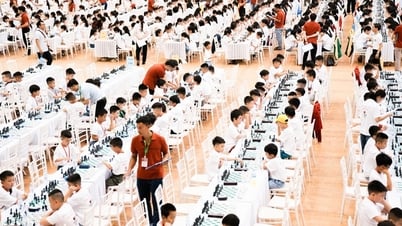


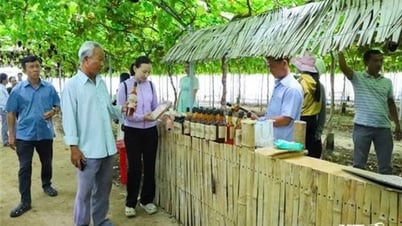

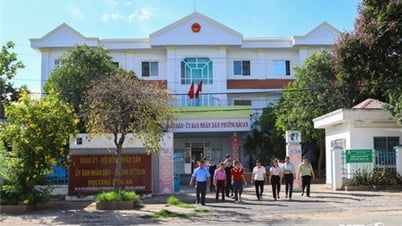


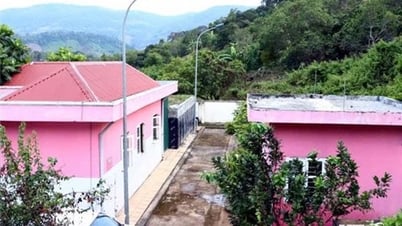
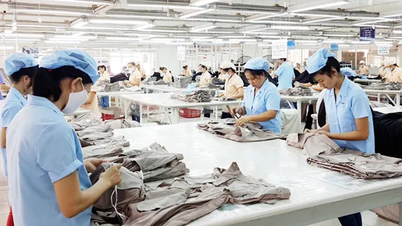
















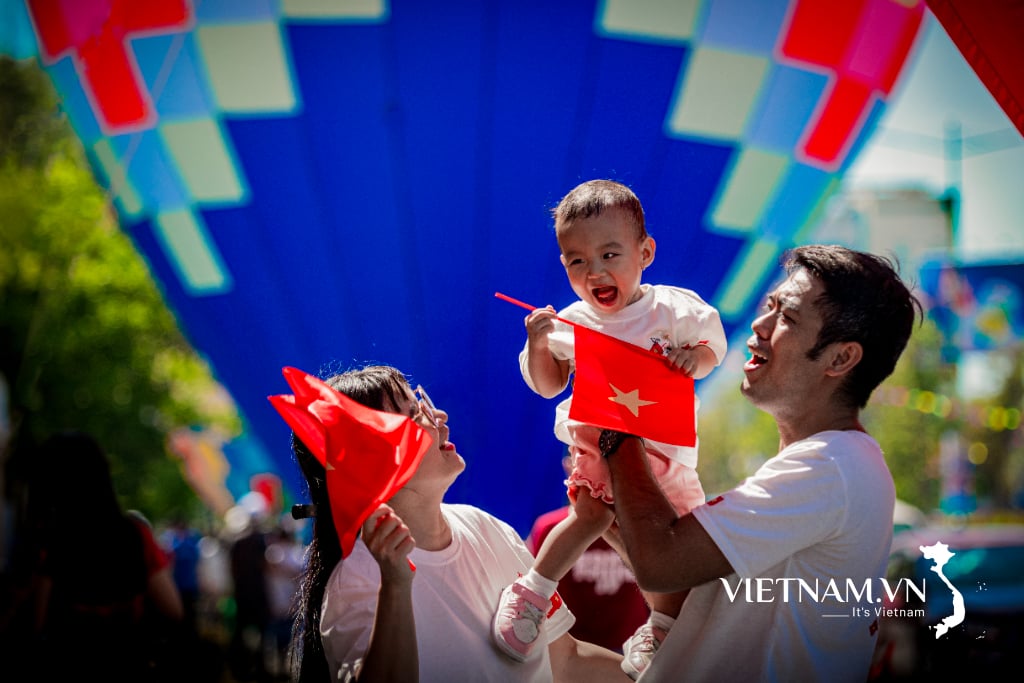

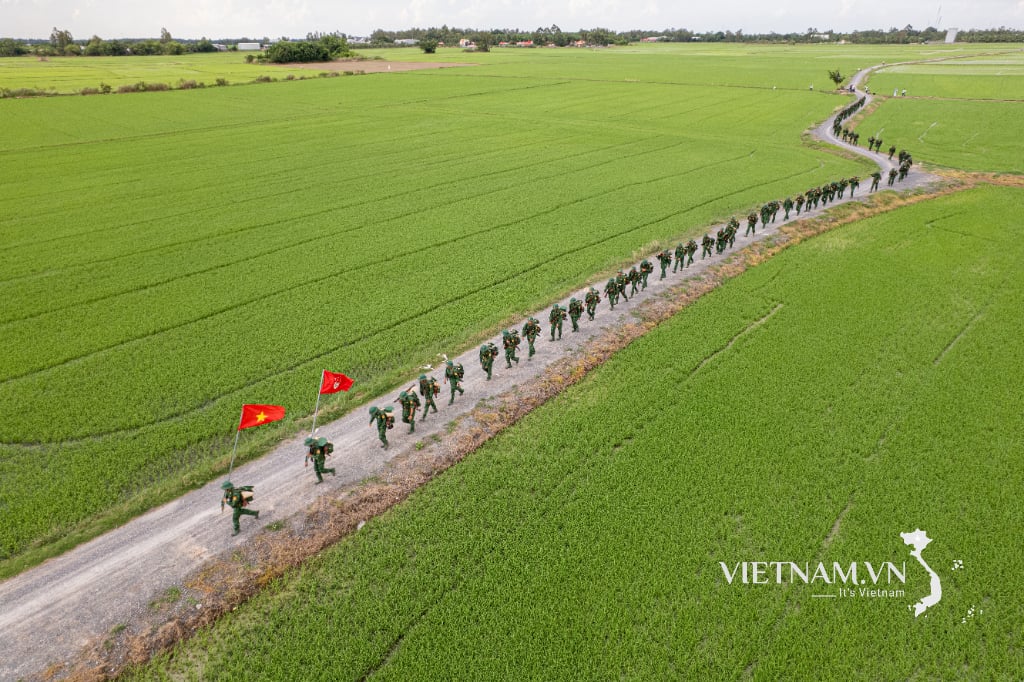
Comment (0)